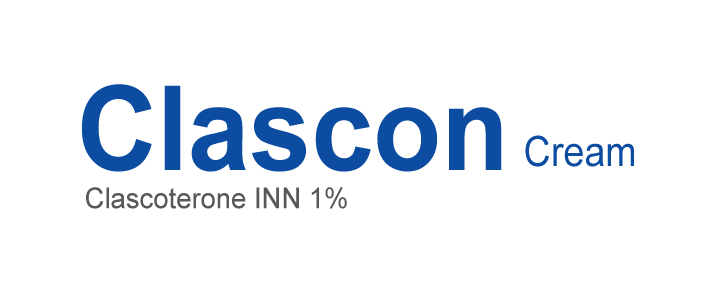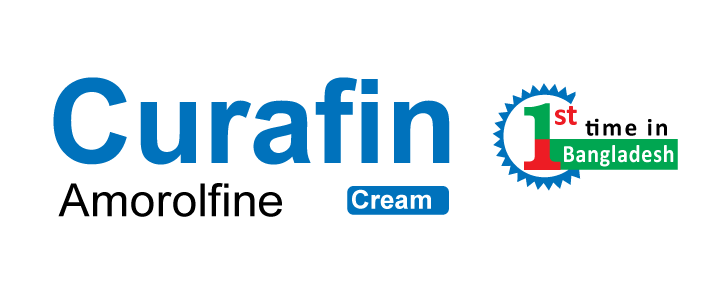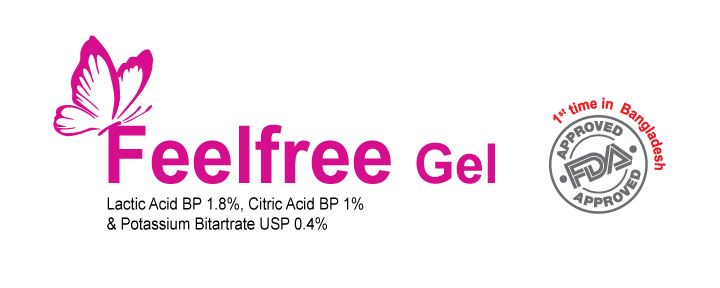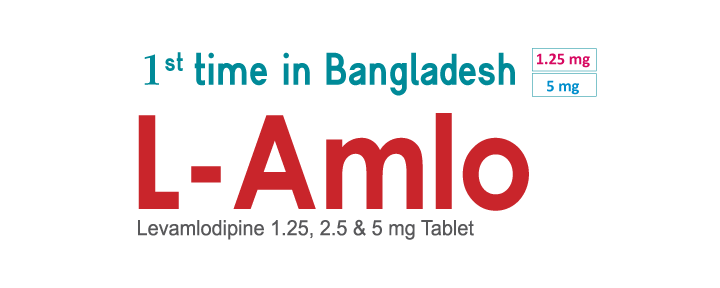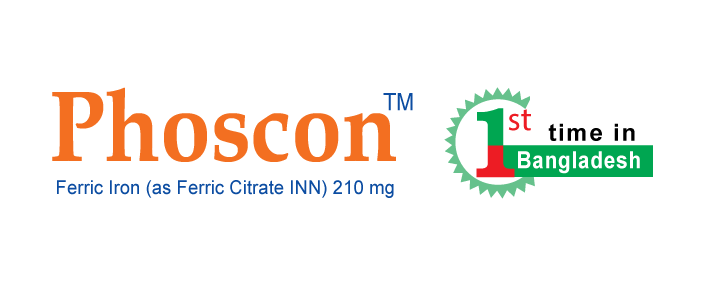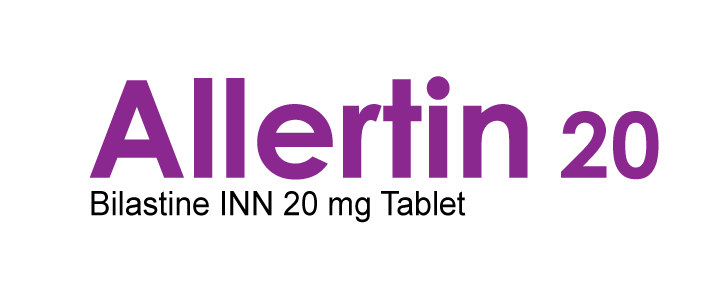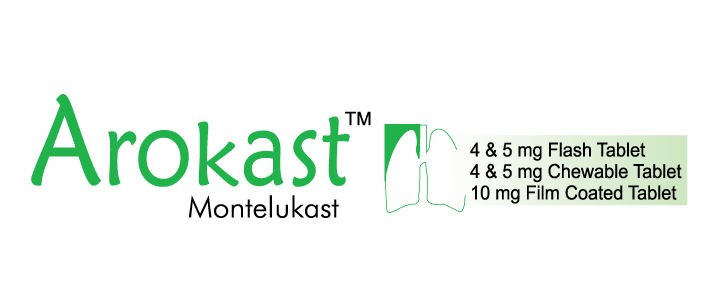Human Health Division (HHD) Products
Product List by Generic Name
Econazole Nitrate + Triamcinolone Acetonide
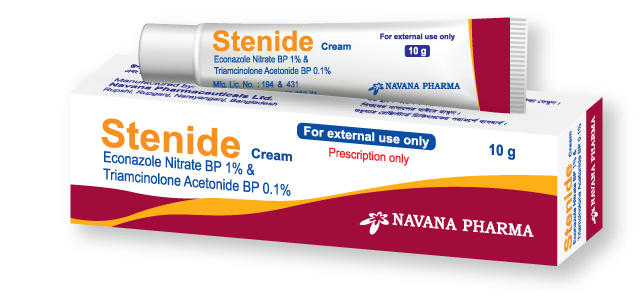
Composition:
Stenide Cream: Each gram cream contains Econazole Nitrate BP 10 mg and Triamcinolone Acetonide BP 1 mg.
Indication:
For the topical treatment of inflammatory dermatomycoses and
inflammatory skin conditions which can be complicated by or threatened by bacterial or fungal skin infection.
Dosage & Administration:
Apply by gently rubbing onto the skin twice daily for 14 days or, as
directed by the physician.
Ezetimibe & Atorvastatin
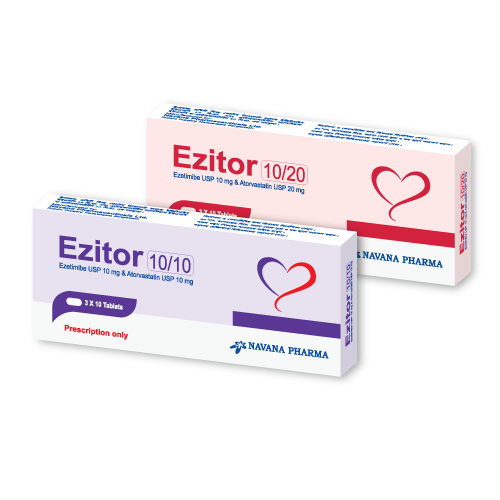
Composition
Ezitor 10/10: Each film coated tablet contains Ezetimibe USP 10 mg and Atorvastatin calcium USP equivalent to Atorvastatin 10 mg.
Ezitor 10/20: Each film coated tablet contains Ezetimibe USP 10 mg and Atorvastatin calcium USP equivalent to Atorvastatin 20 mg.
Indication
• reduce elevated total-C, LDL-C, Apo B, TG, and non-HDL-C, and to increase HDL-C in patients with primary (heterozygous familial and non-familial) hyperlipidemia or mixed hyperlipidemia.
• reduce elevated total-C and LDL-C in patients with homozygous familial hypercholesterolemia (HoFH), as an adjunct to other lipid-lowering treatments.
Dosage and Administration
• Dosage range is 10/10 mg/day through 10/80 mg/day.
• Recommended starting dose is 10/10 mg/day or 10/20 mg/day.
• Recommended starting dose is 10/40 mg/day for patients requiring a greater than 55% reduction in LDL-C or as directed by the physician.
Etoricoxib
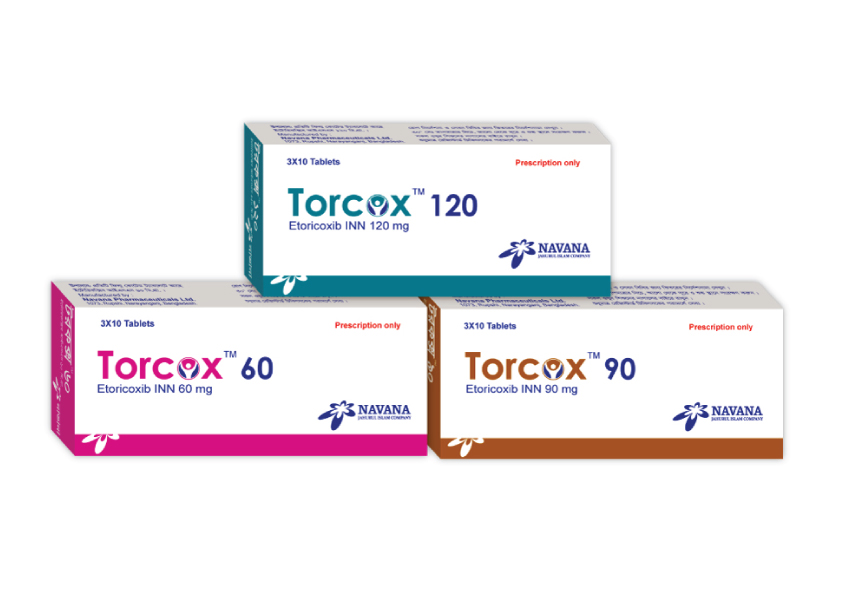
COMPOSITION
Torcox™ 60 Tablet : Each film coated tablet contains Etoricoxib INN 60 mg.
Torcox™ 90 Tablet : Each film coated tablet contains Etoricoxib INN 90 mg.
Torcox™ 120 Tablet : Each film coated tablet contains Etoricoxib INN 120 mg.
INDICATION
Torcox™ (Etoricoxib) is indicated for relief of pain and inflammation in -
• Osteoarthritis
• Rheumatoid arthritis
• Ankylosing spondylitis
• Other chronic musculoskeletal disorders
• Acute gout
• Primary dysmenorrhoea &
• Dental pain
DOSE AND ADMINISTRATION
Pain and inflammation in Osteoarthritis:
• Child 16-17 years: 30 mg once daily, increased if necessary to 60 mg once daily
• Adult: 30 mg once daily, increased if necessary to 60 mg once daily. Pain and inflammation in rheumatoid arthritis & Ankylosing spondylitis:
• Child 16-17 years: 60 mg once daily, increased if necessary to 90 mg once daily.
Adult: 60 mg once daily, increased if necessary to 90 mg once daily.
Acute gout:
• Child 16-17 years: 120 mg once daily for maximum 8 days
• Adult: 120 mg once daily for maximum 8 days
Dental pain:
• 90-120 mg once daily for maximum 8 days.
Primary dysmenorrhoea
• 120 mg once daily for maximum 8 days
or as directed by the physician
Empagliflozin + Metformin
Composition
Glifomet Tablet: Each film coated tablet contains Empagliflozin INN 5 mg and Metformin Hydrochloride BP 500 mg.
Indication
Glifomet is indicated as an adjunct to diet and exercise to improve glycemic control in adults with
type 2 diabetes mellitus when treatment with both Empagliflozin and Metformin Hydrochloride is
inappropriate. Empagliflozin is indicated to reduce the risk of cardiovascular death in adults with
type 2 diabetes mellitus and established cardiovascular disease.
Dose & Administration
• The starting dose of Glifomet should be based on the patient's current regimen.
• Take twice daily with meals, with gradual dose escalation to reduce the gastrointestinal
side effects due to Metformin Hydrochloride.
• The maximum recommended dose is 12.5 mg empagliflozin /1000 mg metformin
hydrochloride twice daily.
• Assess renal function before initiating Glifomet. Do not initiate or continue Glifomet if creatinine
levels are greater than or equal to 1.5 mg /dL for males or 1.4 mg /dL for females or if eGFR
is below 45 mL /min /1.73 m2or as directed by the physician.
Esomeprazole

Composition
Esotac 20 Capsule: Each delayed release capsule contains Esomeprazole Magnesium Trihydrate
USP equivalent to Esomeprazole 20 mg.
Esotac 40 Capsule: Each delayed release capsule contains Esomeprazole Magnesium Trihydrate
USP equivalent to Esomeprazole 40 mg.
Esotac 20 Tablet: Each enteric coated tablet contains Esomeprazole Magnesium Trihydrate USP
equivalent to Esomeprazole 20 mg.
Esotac 40 Tablet: Each enteric coated tablet contains Esomeprazole Magnesium Trihydrate USP
equivalent to Esomeprazole 40 mg.
Indication
1. Healing of erosive esophagitis
2. Long-term management of esophagitis
3. Symptomatic gastroesophageal reflux disease
4. H. pylori eradication for the treatment of duodenal ulcer (Triple therapy with Esomeprazole,
clarithromycin and amoxicillin)
Dose and Administration
Healing of erosive Esophagitis: 20 mg or 40 mg once daily for 4-8 weeks. For those patients who
have not healed after 4-8 weeks of treatment, an additional 4-8 weeks course of Esomeprazole may be considered.
Long-term management of esophagitis: 20 mg once daily.
Symptomatic gastroesophageal reflux disease: 20 mg once daily for 4 weeks.
H. pylori eradication for the treatment of duodenal ulcer (Triple therapy): 20 mg Esomeprazole once daily with 500 mg clarithromycin twice daily and 1g amoxicillin twice daily for 7-10 days or as directed by the physician.
